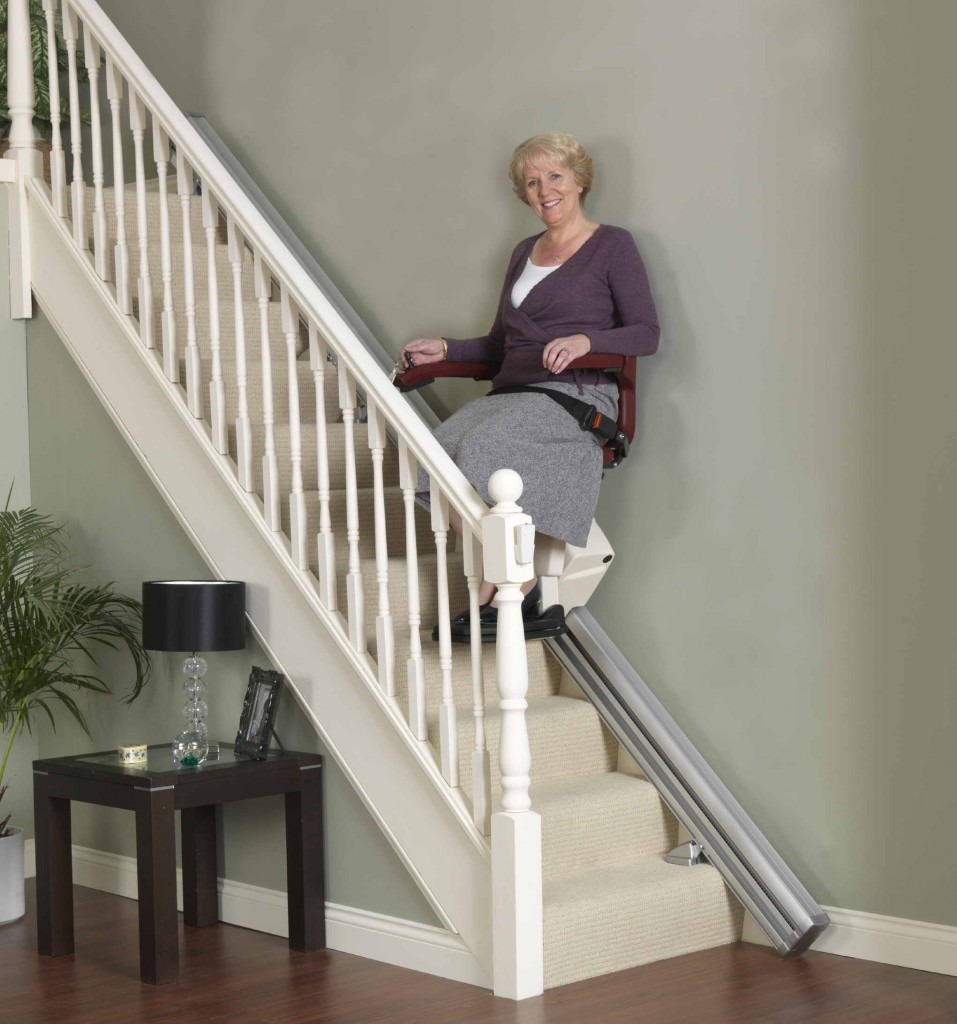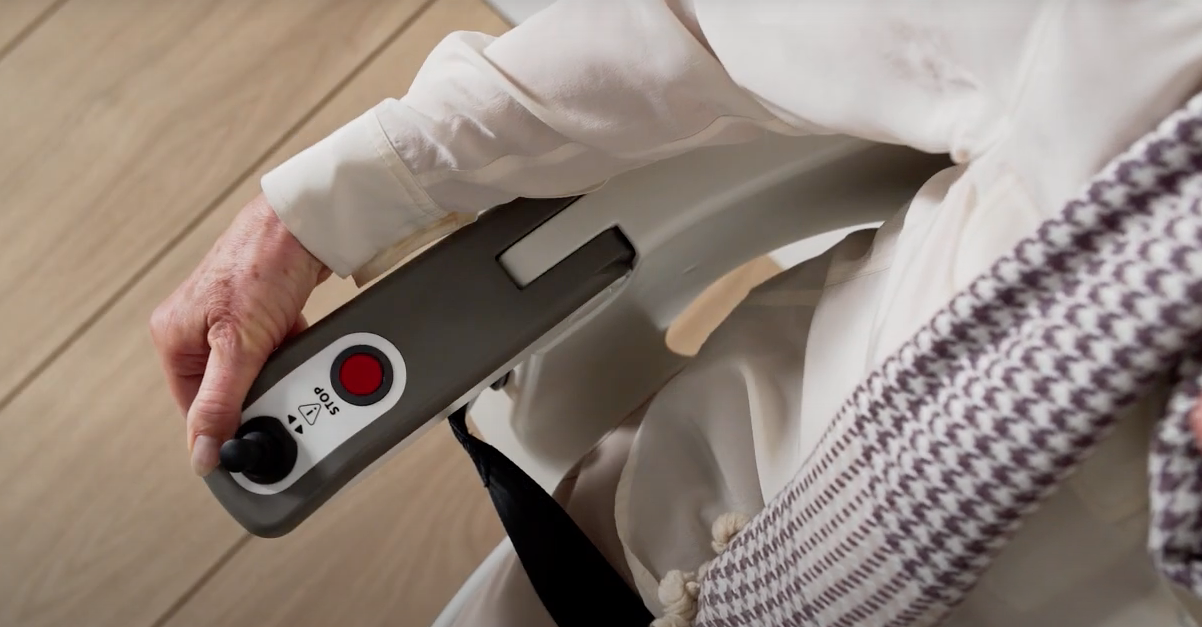
Stairlifts And Osteoporosis
Stairlifts and osteoporosis – can they help? Living with osteoporosis can make everyday tasks—like climbing the stairs—more difficult and risky. The fear of falling is very real, and reduced bone strength means that even a small trip can lead to serious injury. Thankfully, a stairlift can make moving between floors much safer and easier, helping people with osteoporosis stay independent in their own homes.
In this post, we’ll explain what osteoporosis is, how it affects mobility, and how a stairlift can make life more comfortable and secure.
Stairlifts and Osteoporosis – What Is Osteoporosis?

Osteoporosis is a medical condition that weakens bones, making them fragile and more likely to break. It develops gradually over time and often goes unnoticed until a minor fall causes a fracture.
Common areas affected include the:
-
Hips
-
Wrists
-
Spine
The condition is especially common in older adults—particularly women after menopause—due to lower bone density and changes in hormone levels.
How Osteoporosis Affects Daily Life

For someone with osteoporosis, even normal movements can feel risky. Everyday activities such as bending, lifting, or climbing stairs can put pressure on fragile bones.
Some of the most common challenges include:
-
Pain and stiffness, especially in the back or hips.
-
Reduced mobility, making it difficult to use the stairs safely.
-
Loss of confidence due to fear of falling.
-
Increased dependence on others for help around the home.
All of these factors can affect quality of life — and that’s where a stairlift can make a big difference.
How a Stairlift Can Help Someone with Osteoporosis
A stairlift provides a safe and comfortable way to move between floors without the strain of climbing stairs. Here’s how it can help:
1. Reduces the Risk of Falls
Stairs are one of the most common places for accidents in the home. A stairlift eliminates the need to climb, significantly reducing the chance of slips or falls that could lead to fractures.
2. Provides Gentle, Pain-Free Movement
Modern stairlifts feature soft start and stop technology, ensuring a smooth and comfortable ride. This is particularly important for people with brittle bones, as it prevents sudden movements or jolts.
3. Promotes Independence
For many people with osteoporosis, relying on family members to use the stairs can feel frustrating. A stairlift allows you to move around your home freely and safely, restoring independence and confidence.
4. Improves Everyday Comfort
With an ergonomic seat, armrests, and easy-to-use controls, stairlifts are designed for comfort. You can travel up and down the stairs without pain or physical effort.
5. Prevents Further Injuries
By avoiding unnecessary strain on joints and bones, a stairlift can help prevent minor injuries that might otherwise worsen over time.
Stairlifts Designed with Safety in Mind

All of our stairlifts at UK Stairlifts are built to the highest safety standards and include features that make them ideal for users with osteoporosis:
-
Seatbelts and swivel seats for easy, stable transfers.
-
Obstruction sensors that automatically stop the lift if anything is in the way.
-
Battery backup to ensure continued operation during power cuts.
-
Compact designs suitable for narrow or curved staircases.
We provide both new and reconditioned stairlifts to suit every budget, with professional installation and a free home survey to ensure the perfect fit.
Stay Safe and Independent with UK Stairlifts
If you or a loved one is living with osteoporosis, a stairlift could make a real difference — improving safety, comfort, and independence at home.
📞 Call UK Stairlifts today on 0800 046 3438 for a free, no-obligation home survey, or
👉 Get in touch online to request your free quote.
Stay independent, stay safe, and enjoy peace of mind with a professionally fitted stairlift from UK Stairlifts.

